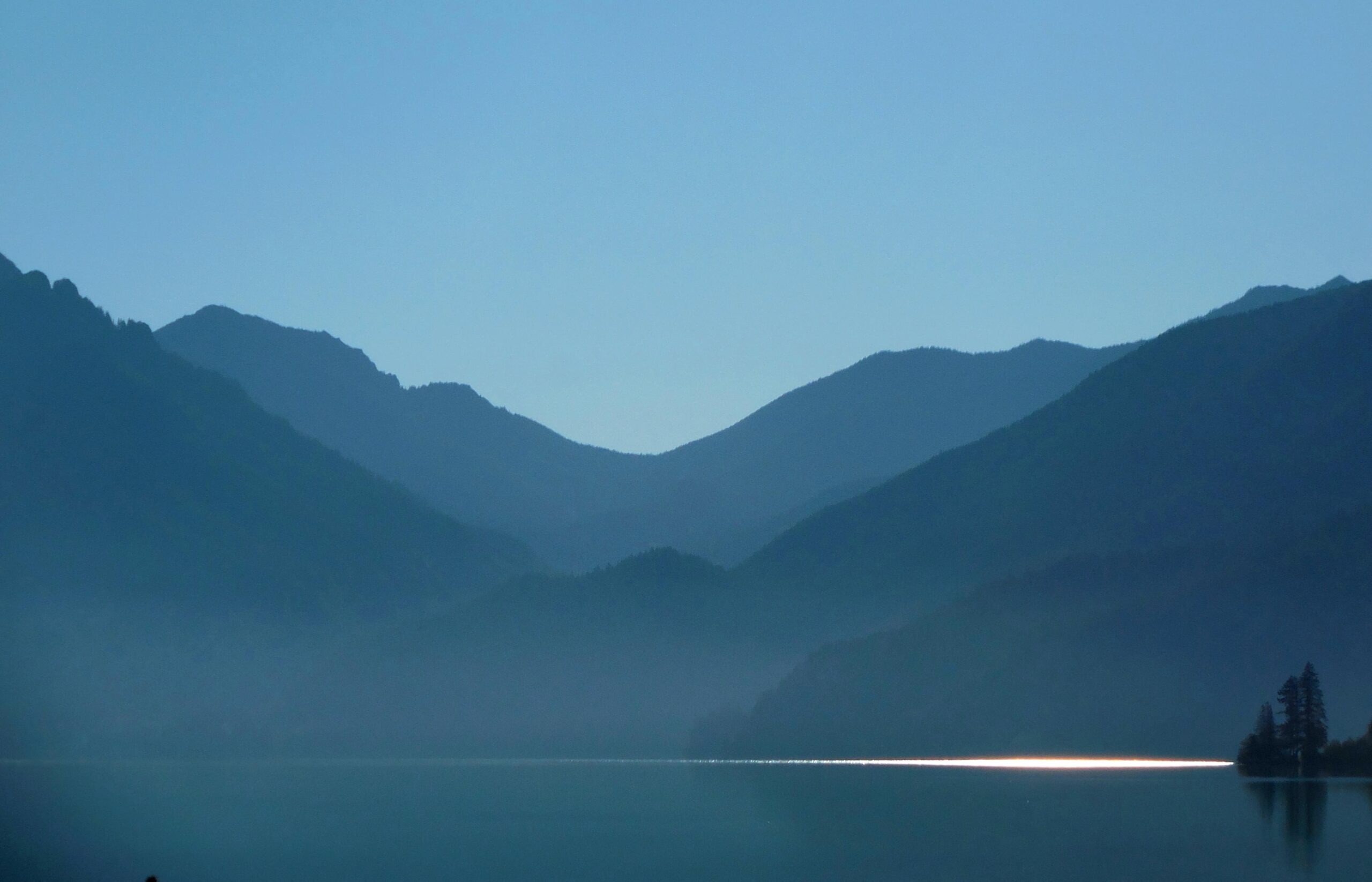The geology of Deception Olympic National Park is characterized by ancient crystalline rocks, including submarine lavas and sediments deposited on the sea floor around 150 million years ago. These formations have been shaped by tectonic activity, glacial erosion, and the ongoing subduction of the Juan de Fuca Plate beneath the North American Plate. The area showcases a complex geological history, featuring metamorphosed rocks, fault lines, and unique sedimentary layers that provide insights into the region’s turbulent past.
What is the Geological Composition of Deception Pass?

Deception Pass, while not strictly within Olympic National Park, offers valuable insights into the broader geological context of the region. The area is composed of:
- Ancient crystalline rocks
- Submarine lavas
- Sedimentary deposits
These rock formations are approximately 150 million years old and have undergone significant deformation and metamorphosis due to tectonic plate collisions. The rock types found in this area include:
- Basaltic lava flows
- Graywacke
- Argillite
- Chert
These rocks are part of an ophiolite sequence, which has been tipped on its side due to accretion and faulting processes. The sequence ranges from deep serpentinite to uppermost ocean floor lava flows and sedimentary rocks.
What Minerals are Present in Deception Pass Rocks?

The rocks in the Deception Pass area contain several notable minerals:
- Ca-enriched plagioclase
- Mafic pyroxene (augite)
- Angular rock fragments (in graywacke)
These minerals are commonly found in gabbro and basaltic rocks. The sedimentary rocks, particularly graywacke, are characterized by poorly sorted sandstones with angular rock fragments embedded in a fine-grained matrix.
How Have Fault Lines Shaped the Olympic National Park Landscape?
Fault lines have played a crucial role in shaping the landscape of Olympic National Park, including the area around Deception Pass:
- Deception Pass marks the boundary between areas eroded by continental glaciers and those where glaciers deposited sediments.
- Significant glacial erosion is evident, with glacial striae on metamorphic rocks indicating glacier movement from northeast to southwest.
- The Olympic Mountains have been shaped by the subduction of the Juan de Fuca Plate under the North American Plate.
- This subduction process has led to the uplift, bending, and folding of rocks, creating the rugged peaks and landscapes observed today.
What are the Unique Sedimentary Features in the Region?
The sedimentary layers in the Olympic National Park region exhibit several unique features:
- They are part of an accretionary wedge formed by the subduction process.
- The layers include turbidites, which are deposits from underwater landslides.
- These turbidites are characterized by repetitive layers of fine and coarser-grained beds.
- Many of these layers are overturned, reflecting the complex tectonic history of the area.
How Old are the Rock Formations in Deception Pass?
The rock formations in the Deception Pass area have a long and complex history:
- Formation: Approximately 150 million years ago as part of the ocean floor
- Uplift and Metamorphosis: Occurred during tectonic collisions, particularly around 34 million years ago
- Ongoing Process: The Juan de Fuca Plate began subducting under the North American Plate about 50 million years ago, a process that continues today
This geological timeline showcases the dynamic nature of the region’s geology, with continuous tectonic activity shaping the landscape over millions of years.
What Evidence of Volcanic Activity Exists in the Area?
Volcanic activity in the Deception Pass area is evident through several geological features:
- Basaltic lava flows
- Associated sedimentary rocks
- Remnants of oceanic crust accreted to the continental margin
These volcanic remnants provide valuable insights into the area’s geological past, showcasing the interplay between volcanic activity and tectonic processes in shaping the landscape.
How Does Ongoing Tectonic Activity Affect the Region?
The Deception Pass area and Olympic National Park continue to be influenced by tectonic activity:
- Ongoing subduction of the Juan de Fuca Plate
- Seismic activity resulting in earthquakes
- Continued deformation of the crust
- Reverse faults bringing bedrock to the surface
This ongoing tectonic activity contributes to the dynamic nature of the region’s geology and landscape.
Where Can Visitors Observe Geological Features in the Area?
Visitors interested in exploring the geology of Deception Olympic National Park have several options:
- Deception Pass Bridge: Offers views of cliffs cut into 150-million-year-old submarine lavas and associated sediments
- Goose Rock: Provides evidence of glacial erosion and tectonic activity
- Olympic National Park website: Offers detailed information and routes for geological exploration
- Local geological field trip guides: Provide in-depth information on specific geological features and their significance
These locations and resources allow visitors to gain a firsthand understanding of the complex geological history of the region.
What is the Significance of Deception Pass in Understanding Regional Geology?
Deception Pass plays a crucial role in understanding the broader geological context of the Olympic National Park region:
- Boundary Marker: It marks the transition between glacially eroded areas and sediment deposition zones.
- Tectonic Evidence: The pass showcases the effects of plate subduction and crustal deformation.
- Rock Formation Diversity: It displays a variety of rock types, from metamorphic to sedimentary, providing a comprehensive geological snapshot.
- Erosional Patterns: Glacial striae and other erosional features offer insights into past glacial movements and their impact on the landscape.
Understanding the geology of Deception Pass provides a key to unraveling the complex geological history of the entire Olympic National Park region.

